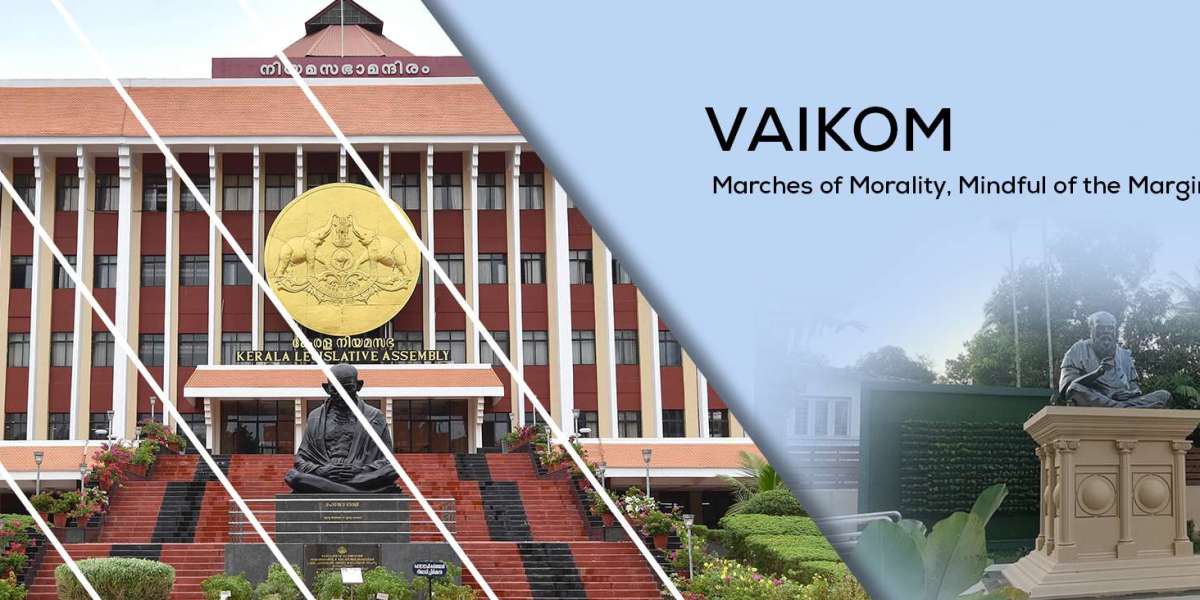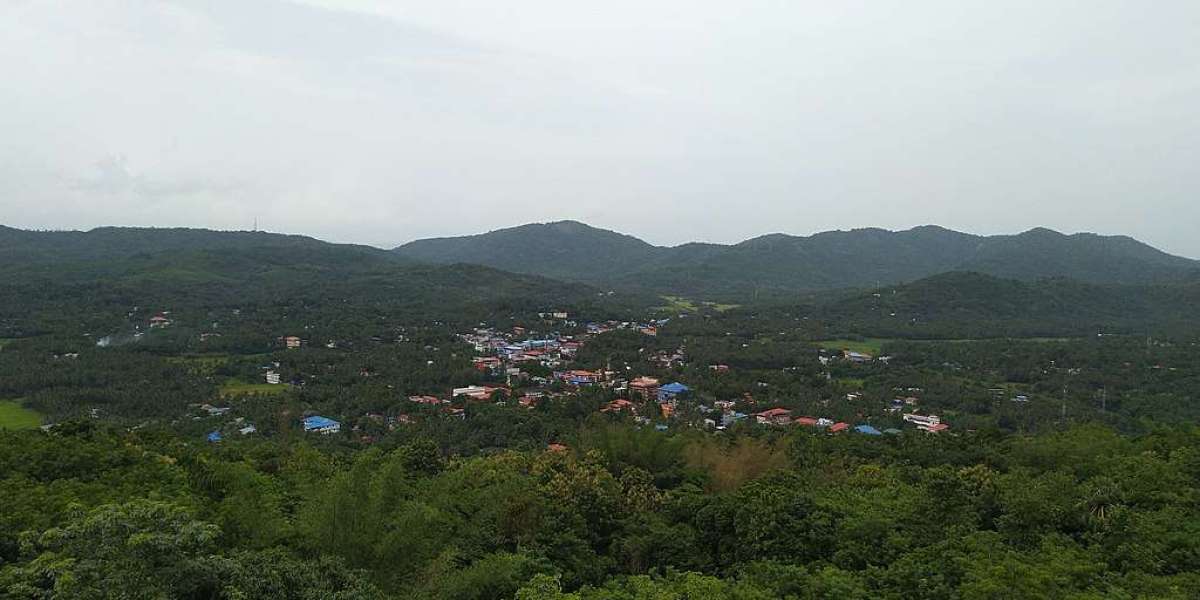Polling Stations
There are about 168 polling stations across the constituency. Notable stations include:
Holy Family H.S., Kattippara (multiple wings)
Nasrath U.P. School, Kattippara (Left, Middle, Right)
Nirmala LP & UPS, Chamal (East & Middle wings)
Hidayathul Islam Madrasa, Poolode (Left & Right)
Noorul Uloom Madrassa, Kolikkal (Left & Right)
Govt. High School Thamarassery (Left, Right, West Side)
These booths span from dense municipal wards to interior hamlets, ensuring access across terrain.
Geographic & Demographic Features
Koduvally is an inland, agrarian constituency situated about 20 km northeast of Kozhikode city. The population is a mix of semi-urban town dwellers and rural smallholder communities. The 2011 census records the town population at ~48,678 with high literacy and religious diversity—predominantly Hindus (55%), Muslims (~27%), and Christians (~18%).
Economic Profile & Livelihood Sources
Remittances (NRI income): A significant portion of households rely on Gulf remittances.
Agriculture: In surrounding panchayats, cash crops such as coconut, areca nut, banana, and rice are widely cultivated.
Trade & small business: Koduvally town is known as the “City of Gold” due to its vibrant gold and jewelry trade tradition. Timber, spice, and retail businesses also thrive locally.
Services & institutions: Local schools, public-sector offices, transport services, and health clinics contribute to employment distribution.
Economic Strata
Most residents belong to the middle-income class, supported by stable remittance income, trading, and cash-crop agriculture. A smaller segment—gold merchants, prosperous landowners, and professionals—fall into the higher-income tier. Coastal fishing is absent, given the inland terrain. A modest group—smallholders or landless laborers—remain below poverty line, though literacy and grassroots welfare programs help buffer economic stress.
Recent Development Initiatives
Road and connectivity upgrades: Improved links between Koduvally, Thamarassery, and adjacent panchayats have enhanced economic access.
Polling and school infrastructure: Renovation of government schools and polling venues has improved civic infrastructure for education and elections.
Agriculture extension and cooperative support: Programs targeting spice and nut cultivators alongside remittance-based families have strengthened local resilience.
Public services and digital outreach: Health camps, digital literacy drives, and cooperative-led financial awareness camps have expanded to rural wards.
Koduvally Assembly Constituency presents a distinctive inland landscape anchored by remittance-driven households, agrarian cash-crop farming, and a historic tradition of trading—especially in gold and timber. Its demographic leans solidly into the middle-income bracket. Recent investments in infrastructure, education, digital outreach, and agricultural support reflect steady strides toward social inclusion and economic stability in this semi-urban heartland of northern Kerala.







